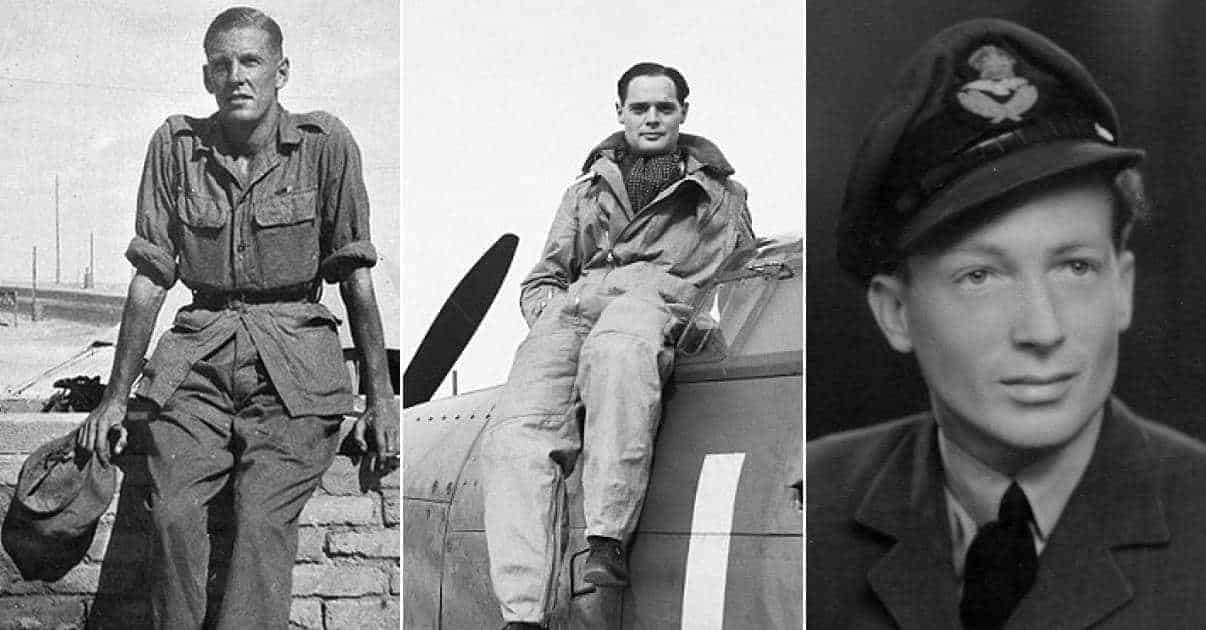Thousands of men found themselves as unfortunate prisoners of war during a time when kindness toward the enemy was rare. The conditions they faced were brutal and many never made it out of the camps alive. Many of those who managed to escape or survive have shared their amazing stories of how they made it through. Here are the stories of 8 men with some of the most remarkable and heartbreaking POW stories ever told.
Andras Toma
Andras Toma was the longest-held POW of World War II. Andras Tomas was 19 when he was captured by the Soviet Union in the fall of 1944. He was placed in a POW camp east of Leningrad. When the war ended and plans were made to shut down the camp in 1947, Andras Toma was sent to a mental hospital when the prison camp closed. Many believed him to be insane because he only spoke gibberish that no one could understand.

As it turned out, the gibberish that Andras Toma was speaking was not gibberish at all, but Hungarian. The doctors at the mental hospital had never heard the language before, and therefore had no idea the man they kept in their hospital was perfectly sane. They had no idea for more than 50 years.
Finally, someone realized what language he was speaking and the Hungarian government undertook a search to find the man and his family. He was 75 when he was reunited with his family. Two of this siblings were just 7 and 1 when their brother was captured, but they recognized him as looking nearly identical to their father.
Andras Toma was eager to have people to talk to again, though his old Hungarian tongue intermixed with Russian was hard to understand. He remembered many of the sights of his own hometown but he struggled to relay memories in any sort of chronological order. Toma died in Hungary in 2004.

